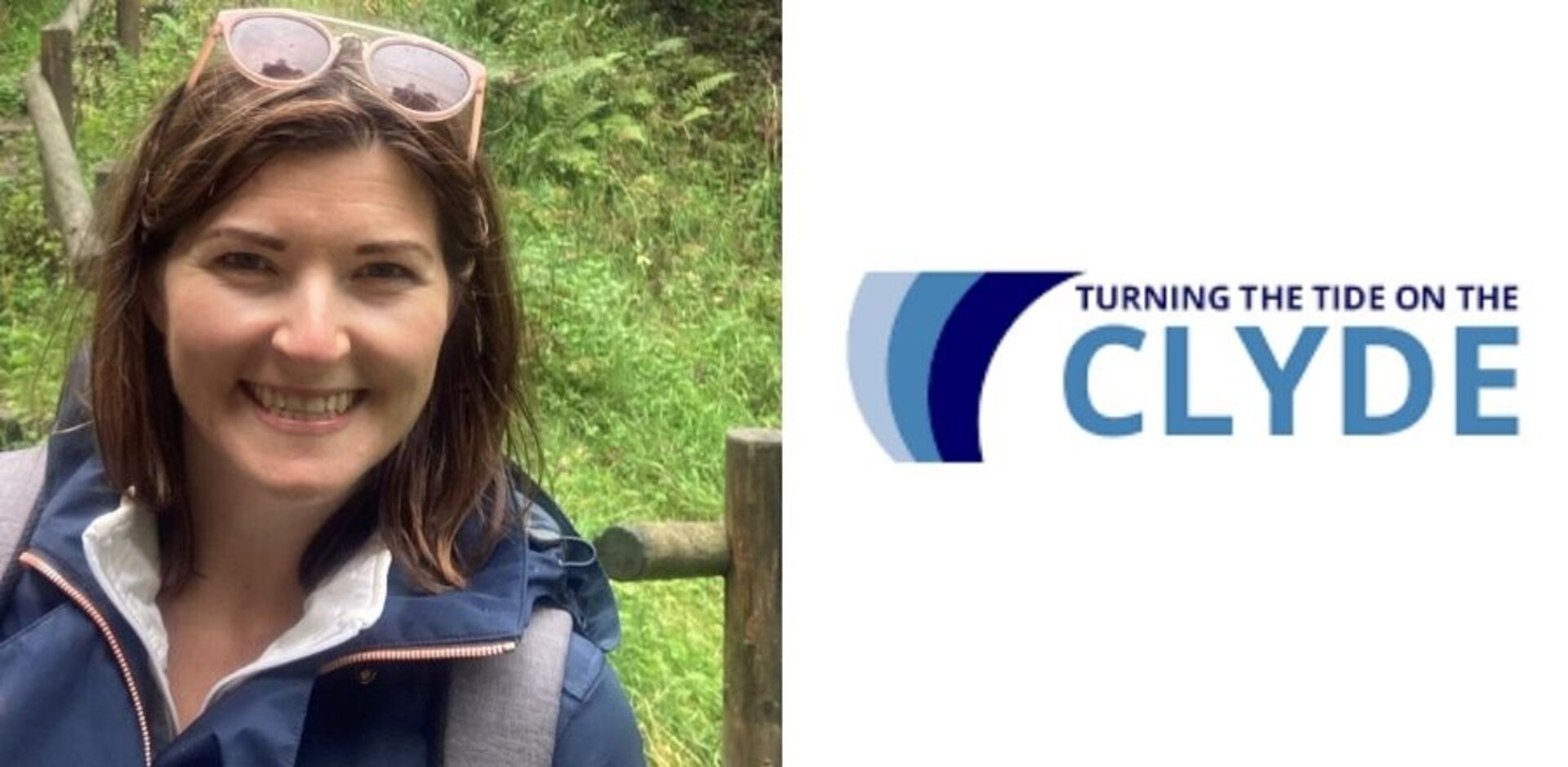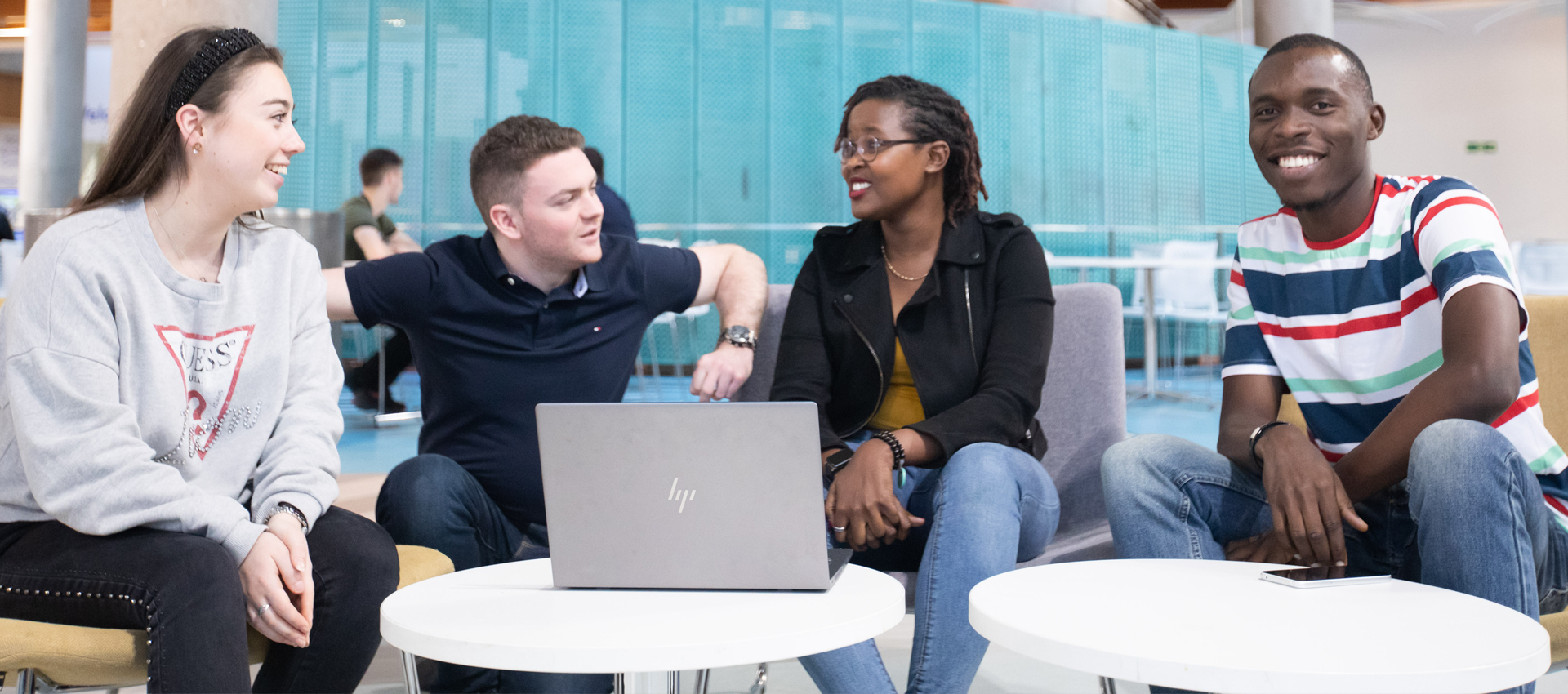From Canada to The Clyde: How one student is leaving her mark on Scotland and GCU

A GCU student’s efforts to bring to life one of Scotland’s forgotten gems has been recognised with a highly coveted award.
Lindsay Robbins, who is due to officially graduate from the MSc International Tourism and Events Management programme this month, recently won the 2021 Simon Curtis Postgraduate Prize courtesy of The Tourism Management Institute.
Having previously worked in the public sector in Canada, Lindsay brought her passion for events over to Scotland where she became involved in the Turning the Tide On The Clyde project.
We caught up with her to find out more:
How did you become interested in this area?
“Iain McGillivray, who is the Executive Director of the Clyde Docks Preservation Initiative (CDPI), came in and spoke to our cohort. My previous experience is around public sector tourism and events planning. I saw a lot of similarities with work I’d done in the past. Waterfronts are considered prime real estate in Canada and its where a lot of events and tourism activities take place. When I heard Iain speaking about it, I knew it was something that I would love to be involved with and it basically went from there.”
Tell me a bit about your project and your involvement with Turning the Tide On The Clyde?
“Turning the Tide on the Clyde is basically the tourism, events and recreation arm of CDPI. The whole project came out of work that was done by them in repurposing the land around the Govan Graving Docks. What we’re hoping to do is give people the idea that The Clyde itself is its own destination. We think of cities and countries as destination, so why couldn’t The Clyde and its coastline be a destination?
There’s a perception now that because manufacturing and shipbuilding is no longer taking place along the banks of the river that nothing else is going on. The Turning the Tide On The Clyde project is really focused on changing that perception, because there’s actually a tonne of activity going on.
Originally, pre 2020, we wanted a programme of events and festivals taking place physically over the course of the summer but given everything that’s been going on over the last couple of years, that wasn’t possible. Despite this, we knew there a lot of different community organisations and visitor attractions that were still doing really exciting and engaging things. We decided to digitally build a map to show people exactly how much activity there is along the length of The Clyde.”
How did you actually go about creating the map?
“I worked across different departments, including the Environmental Management team at GCU. We used GIS mapping technology. This allowed me to build an online map and website that could then be shared.
I’m a big believer that any kind of tourism development needs to be done with the communities in mind and engaged in that process. I completed outreach work to everyone I could think of that borders The Clyde and takes part in work that local and tourists may want to see. I worked with twelve different organisations to get an understanding of their business needs, who they are and what they are wanting to market about themselves. We built all of that into the map, so that it was a really interactive piece of technology – you could in essence go onto that map and take a digital walk down the River Clyde."
Give us a couple of examples of the types of organisations you featured?
“This is a project that is actually in on-going development, so we’re expecting to add more soon. So far, we’ve got everything from the Clydeside Distillery and the Maritime Museum, through to The Tall Ship and Isle of Cumbrae Gin Distillery based in Millport. We also feature the Largs Viking Festival and Arran Theatre and Arts Trust. It’s a really good mix of culture and tourism attractions.”
Once the project is completed, where will people be able to find all this information?
“The hope is for it all to properly kick-off next summer. Turning the Tide On The Clyde will have its own dedicated website, and the map will be hosted there. The plan is to make it interactive but also to allow locals and tourists to integrate their own experiences. So for example, if someone went to the Largs Viking Festival and put a picture on Instagram, they would be able to add it there meaning that the next person looking at this would be able to see what it’s all about.”
Let’s fast forward to the award – how did it all come about and how did it feel to win?
“I gather how it works is that any University in the UK that has a tourism and events programme can nominate one undergraduate and one postgraduate student for these awards.
Myself, Daniel Baxter and a couple of others worked together on the submission and we sent it off from there.
It was very exciting when I found out that I’d won. University work can be stressful, challenging and sometimes make you question everything, but to receive that recognition was amazing. The fact The Toursim Management Institute found value in it really validated that I wasn’t just doing this for no reason and the work I completed was important.
It was a real honour to share the award with Turning the Tide On The Clyde because it was as much their success as it was mine. I think them seeing that others in the industry value the project really helped spur us all on with the project.”
You’ve now got the opportunity to get a pro-mentoring session and attend TMI’s annual conference – how much are you looking forward to that?
“I’m really excited about both of these opportunities. I won’t be able to attend the conference in-person but I will get involved via the livestream, I’m disappointed I can’t make it though, because Coventry, where it’s being held, won City of Culture 2022, so I bet they have some incredible things planned!
The mentor I’ll be working with is someone who has previously been an Executive Director of a destination marketing organisation and now runs her own tourism consulting business. I’m really interested to discuss her career path as I move forward in the industry.”
You’re going to be involved further with the project on The Clyde in future, but what other career aspirations do you have?
“I’m a busy bee! I currently work for North Ayrshire Council as the Community Events Capacity Building Officer. The idea is I work with community organisations to navigate the public sector, I basically help break down barriers!
I’m also teaching at GCU with the Undergraduates on the Tourism and Events programme. It’s been really interesting because I can really sympathise with some of the struggles of online learning but I hope they see me as a good support.
In terms of the future, I actually love working in the public sector. I’m a big believer in the way that tourism and events can dramatically shift people’s views of their own community and the places they visit. I’m hoping in the next few years that I’ll be able to take on a more permanent role here in Scotland, because I love living here!”
By Ross Clark
Got an SHLS or GSBS story? Email Ross.Clark@gcu.ac.uk or connect with me on Twitter
